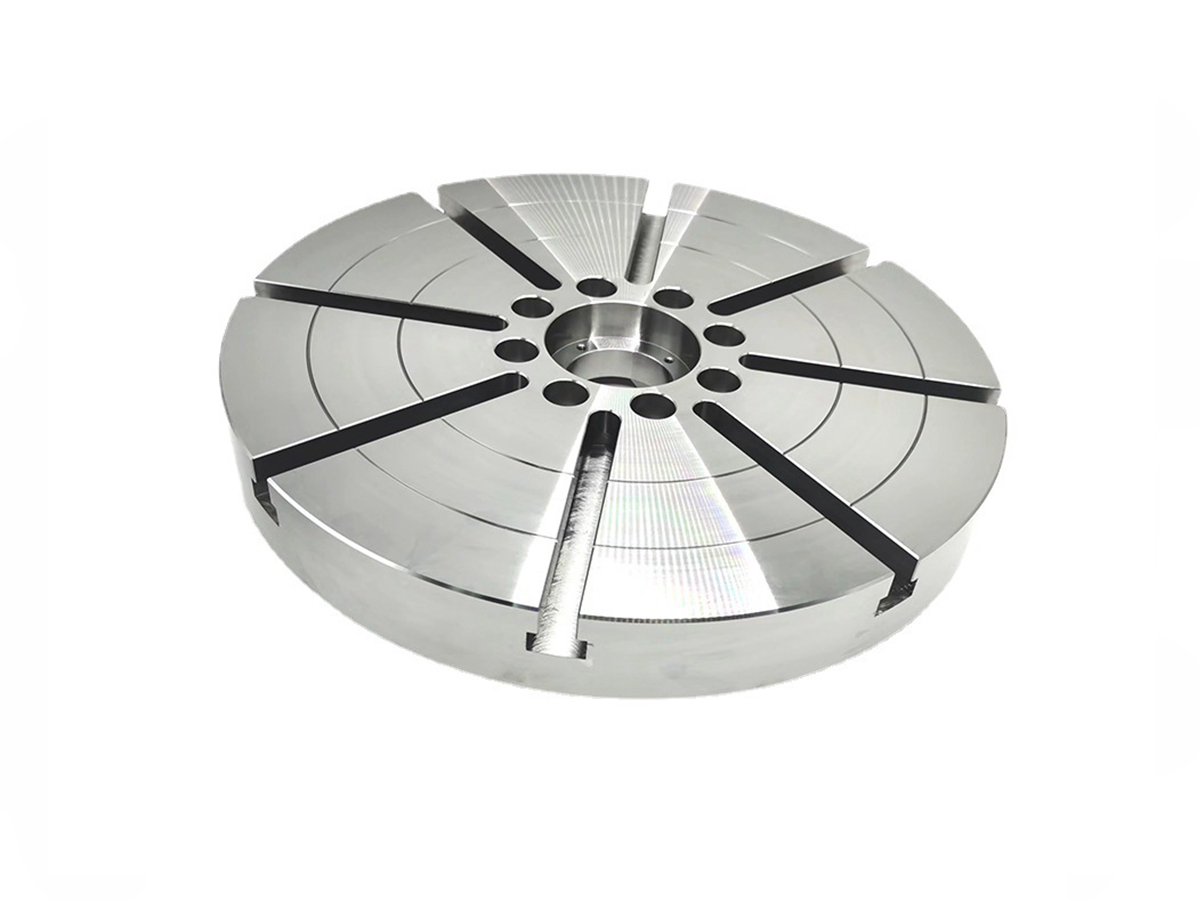Reliable CNC Machined Parts for Continuous Operations in Automation Systems
Introduction
Automation systems rely heavily on the precision and reliability of components to sustain continuous and efficient operations. CNC machining provides exacting dimensional accuracy (±0.005 mm) and exceptional surface finishes (Ra ≤0.8 µm), essential for critical automation components like custom actuator shafts, high-precision gear assemblies, specialized sensor housings, and mechanical connectors. CNC machining delivers superior performance and durability, significantly reducing downtime in automation, robotics, and industrial equipment sectors.
Leveraging advanced CNC machining services, manufacturers achieve precise components engineered specifically for prolonged and reliable automation performance.
Material Performance
Comparison Table
Material | Tensile Strength (MPa) | Hardness (HV) | Density (g/cm³) | Corrosion Resistance (ASTM B117) | Typical Applications | Advantage |
|---|---|---|---|---|---|---|
290-310 | 95-110 HV | 2.70 | ≥1000 hrs | Brackets, housings, actuator frames | Lightweight, corrosion resistance, easy machinability | |
505-620 | 180-200 HV | 8.0 | ≥1500 hrs | Gear components, sensor casings | Good strength, excellent corrosion resistance | |
570-700 | 210-250 HV | 7.85 | ≥600 hrs | Precision shafts, gears, load-bearing parts | High strength, good machinability | |
360-400 | 150-170 HV | 8.5 | ≥500 hrs | Connectors, valve components | Outstanding machinability, dimensional stability |
Selection Strategy
Choosing materials for continuous automation operations involves evaluating strength, corrosion resistance, machinability, and weight:
Aluminum 6061-T6, with a tensile strength of ~310 MPa and excellent corrosion resistance, suits lightweight housing components and brackets requiring frequent handling and installation.
Stainless Steel SUS304 offers balanced mechanical strength (~620 MPa tensile strength), durability, and robust corrosion protection (≥1500 hrs ASTM B117), ideal for precision gear and sensor components in moderately harsh environments.
Carbon Steel 1045, possessing high tensile strength (up to 700 MPa), is suitable for load-bearing precision shafts and gear components, delivering reliability in continuous high-load scenarios.
Brass C360 is ideal for precision connectors and valve components due to its exceptional machinability, dimensional stability, and moderate corrosion resistance.
CNC Machining Process
Process Comparison
CNC Machining Technology | Dimensional Accuracy (mm) | Surface Roughness (Ra µm) | Typical Applications | Key Advantages |
|---|---|---|---|---|
±0.005-0.01 | 0.4-1.0 | Complex brackets, gear cases | Versatility, excellent accuracy | |
±0.005-0.01 | 0.6-1.2 | Shafts, spindles, cylindrical connectors | Efficient production, cylindrical precision | |
±0.002-0.005 | 0.05-0.2 | Bearings, mating surfaces | Superior surface finish, extreme precision | |
±0.003-0.008 | 0.2-0.8 | Complex robotic joints, custom fittings | Complex geometries, tight tolerances |
Selection Strategy
Appropriate CNC machining processes are critical for achieving performance targets in continuous automation systems:
CNC Milling ensures precision in complex geometries for structural brackets, gear cases, and actuator housings.
CNC Turning efficiently produces cylindrical components such as shafts, spindles, and connectors with high consistency.
CNC Grinding achieves ultra-high accuracy (±0.002 mm) and smooth surface finishes (Ra ≤0.2 µm), essential for bearings and critical mating surfaces.
Multi-Axis CNC Machining facilitates the manufacture of intricate and highly accurate robotic joints, significantly enhancing flexibility and minimizing production errors.
Surface Treatment
Treatment Comparison
Treatment Method | Wear Resistance (HV) | Corrosion Resistance | Max Operating Temp (°C) | Typical Applications | Key Features |
|---|---|---|---|---|---|
500-700 HV | ≥1500 hrs (ASTM B117) | 300°C | Aluminum brackets, housings | Durable oxide coating, thickness 10-25 µm | |
~600 HV | ≥1000 hrs (ASTM B117) | 400°C | Connectors, precision fittings | Uniform coating, 25-50 µm thickness | |
850-1000 HV | ≥1200 hrs (ASTM B117) | 450°C | Shafts, wear-prone components | Excellent hardness, typical thickness 10-30 µm |
Selection Strategy
Appropriate surface treatments enhance component reliability in continuous automation operations:
Anodizing provides aluminum components with a protective oxide layer, offering superior corrosion resistance (≥1500 hrs ASTM B117) and improved wear resistance.
Electroless Nickel Plating ensures consistent corrosion resistance (≥1000 hrs ASTM B117), beneficial for connectors and fittings that require uniform coverage and protection.
Chrome Plating delivers 850-1000 HV hardness, significantly improving wear resistance and friction reduction, crucial for shafts and components subjected to continuous movement.
Quality Assurance Procedures
Ensuring reliability for continuous operation automation components involves comprehensive quality measures:
CMM Dimensional Inspection: Using advanced coordinate measuring machines to ensure dimensional tolerances within ±0.005 mm.
Surface Finish Validation: Verifying Ra ≤0.8 µm using high-precision profilometers.
Non-Destructive Testing (NDT): Ultrasonic and radiographic testing to identify potential internal defects.
Mechanical Performance Testing: Fatigue and tensile tests per ISO and ASTM standards to ensure operational durability.
Corrosion Resistance Testing: ASTM B117 salt spray testing to confirm robust corrosion protection.
ISO 9001 Traceability: Comprehensive documentation ensuring process consistency and component traceability.
Industry Applications
Precision gear assemblies
Actuator shafts and spindles
Custom sensor housings
Mechanical and electrical connectors
Related FAQs:
What makes CNC machined parts reliable for continuous automation operations?
How do materials impact CNC machined automation component performance?
Which CNC machining processes are most suitable for automation system components?
What surface treatments extend the lifespan of CNC machined automation parts?
How is quality assurance managed for critical CNC automation components?

